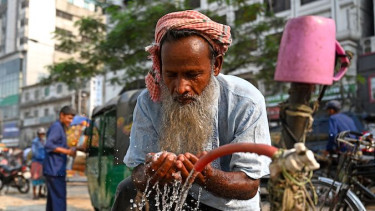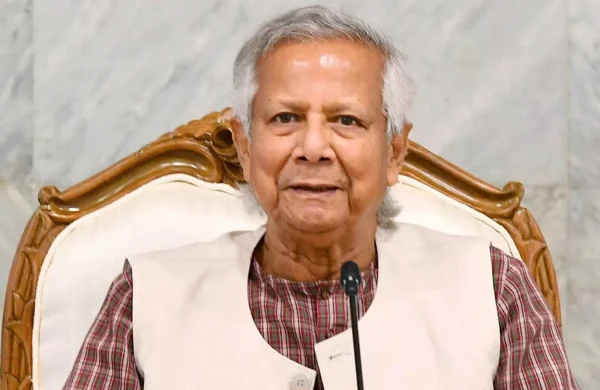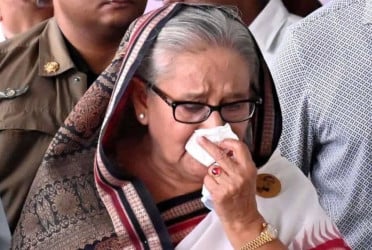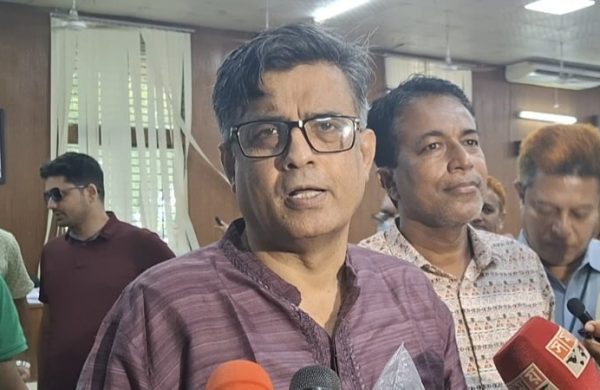Decade and half of growth paves way for ‘Smart Bangladesh’
- Update Time : Monday, July 29, 2024
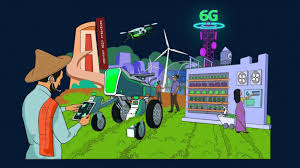
UNB . Dhaka
The extensive development across various sectors in Bangladesh over the past 15 years has laid a solid foundation for building a “Smart Bangladesh,” according to a recent budget document.
The document highlights significant progress in social, financial, and physical infrastructure, as well as advancements in information and communication technology, human resources, health, and science.
“Bangladesh has become a role model for other developing nations,” the document says.
ECONOMIC GROWTH AND POVERTY REDUCTION
In the last decade and a half, Bangladesh has emerged as a dynamic and fast-growing economic power. The average growth of gross national income exceeded 6.7 per cent, and by the end of FY 2022-23, the per capita income reached Tk 2,73,360. As of 2023, Bangladesh ranks as the 33rd largest economy globally by GDP.
The poverty rate decreased to 18.7 per cent, with extreme poverty dropping to 5.6 per cent during this period. Life expectancy now stands at 72.8 years, with 98.8 per cent of the population having access to safe drinking water and 97.32 per cent using sanitary latrines.
Additionally, the infant mortality rate has fallen to 21 per thousand, and maternal mortality to 161 per lakh.
POWER AND INFRASTRUCTURE EXPANSION
Power generation capacity has increased sixfold to 30,277 MW, bringing 100 per cent of the population under electricity coverage. Beneficiaries of electricity have quadrupled in this time frame.
Bangladesh’s transport infrastructure has also seen remarkable expansion. The length of district, regional, and national highways nearly tripled from 12,000 km to 32,678 km, while rural roads expanded 76 times from 3,133 km to 237,446 km. Railway tracks increased by 50 per cent, from 2,356 km to 3,486 km.
HEALTHCARE AND EDUCATION ACHIEVEMENTS
The health sector achieved incredible success, with the number of beds in government hospitals doubling to 71,000 and the number of government doctors and nurses tripling to 30,173 and 44,357, respectively. The number of nursing colleges increased from 31 to 99, and 14,311 community clinics now provide 27 categories of medicines free of cost.
The document also boasts about achievements in education. The literacy rate rose from 45 per cent in 2006 to 76.8 per cent in 2023. The participation of girls in primary education surged from 54 per cent to 98.25 per cent, and the enrolment rate in technical education skyrocketed from 0.8 per cent to 17.88 per cent.
AGRICULTURE AND DIGITAL TRANSFORMATION
Agricultural production saw significant increases, with grain crop production rising from 1.80 crore metric tons to 4.92 crore metric tons, fish production increasing from 21.30 lakh metric tons to 53.14 lakh metric tons, and cattle and poultry numbers nearly doubling and tripling, respectively.
Bangladesh also experienced a digital revolution. Internet usage surged from 0.23 per cent to 78.55 per cent of the population between 2006 and 2023.
Active mobile phone SIMs increased nearly tenfold from 1.90 crore to 18.86 crore. The number of government digital services expanded from 8 to 3,200, and government websites grew from 98 to 52,200.
The export value of ICT goods and services jumped from $21 million to $1.9 billion, with the number of IT freelancers rising from 200 to 680,000, positioning Bangladesh as the second-largest pool of freelancers globally.







